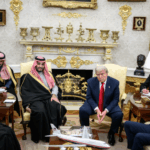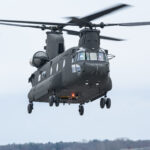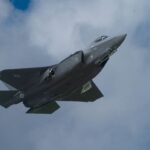
The U.S. will provide Ukraine with cluster munitions as part of a new $800 million weapons aid package announced last Friday. Officials said the dual-purpose improved conventional munitions (DPICM) will provide a critical capability for Ukraine’s ongoing counteroffensive operation and serve as a “bridge” while the U.S. and its allies and partners continue to ramp up capacity for production of artillery rounds. “With this announcement, we will be able to provide Ukraine with hundreds of thousands of additional artillery ammunition…

 By
By 











